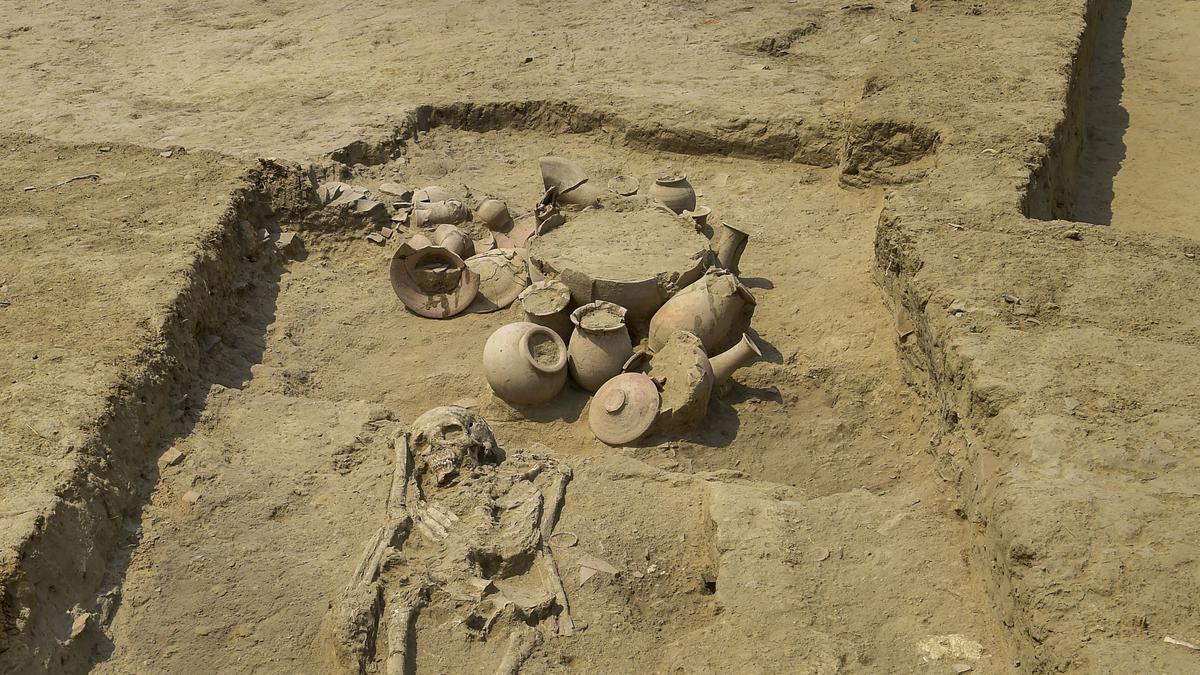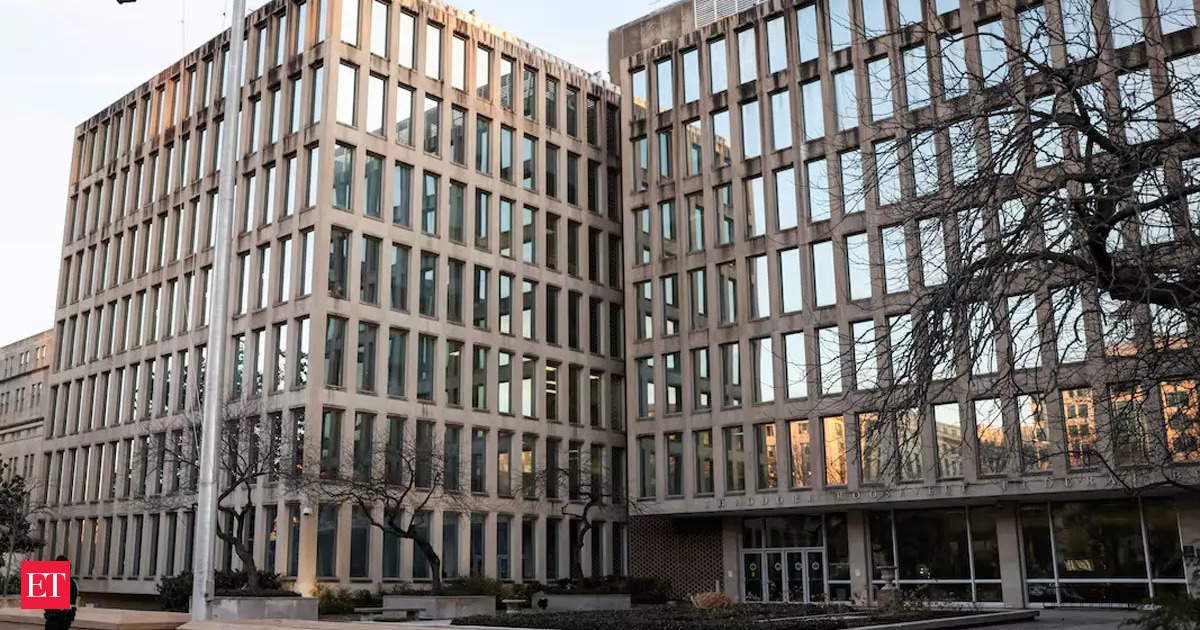Among the latest set of revisions that the National Council of Educational Research and Training (NCERT) has proposed in school textbooks are additions about findings from the DNA analysis of skeletal remains found at the archaeological site of Rakhigarhi in Haryana and the dropping of references to how the Narmada Dam project adversely affected tribals and drew them to displacement leading to greater destitution.
In a major addition to the Class 12 History textbook “Themes in India History Part – I” under the chapter “Bricks, Beads and Bones – The Harappan Civilisation”, NCERT has stated that study of ancient DNA from archaeological sources in Rakhigarhi, Haryana suggests that the genetic roots of the Harappans go back to 10,000 BCE.
The new changes are yet to reflect in the online version of the revised textbooks, but NCERT, in a document where it has enlisted all changes, has highlighted these.
Further, the added text states that this research also indicates that the people coming from the bordering areas and distant regions were absorbed in the Indian society. “At no stage, the genetic history of the Indians was either discontinued or broken. As the Harappans started moving towards Iran and Central Asia, their genes also gradually spread in those regions,” the revised text mentions.
In other context of how the Narmada Dam project adversely affected communities, the mention of the project as an example has been completely dropped. On Page 85, of Class 12 Sociology textbook titled ‘Indian Society,’ NCERT has said that the sentence — ‘Projects such as the Sardar Sarovar dam on the river Narmada in western India and the Polavaram dam on the river Godavari in Andhra Pradesh displace hundreds of thousands of adivasis, driving them to greater destitution,’ will be changed to, ‘Projects such as the Sardar Sarovar dam on the river Narmada in Western India and the Polavaram dam on the river Godavari in Andhra Pradesh displaced hundreds of thousands of adivasis from their original habitats,’ with deletion of the part — ‘driving them to greater destitution.
Also, from its political science textbooks, NCERT has dropped references, from multiple places, of the Babri Masjid demolition and given added emphasis to the Ram Janmabhoomi Temple movement.
Also, in Class 7 history textbook — Our Pasts II, on Page 57 of the chapter “Tribes, Nomads and Settled Communities”, NCERT has added the mention of the victory of the Ahoms against the Mughal army stating that is an important happening in Indian History. “The battle of Saraighat is added as a box item, which also contains a visual illustration of the Ahom General, Lachit Barphukan,” NCERT has stated.
Also, NCERT has said that in the chapter — Eighteenth Century Political Formations, the word ‘Shivaji’ has been changed to Chhatrapati Shivaji Maharaj. “Chhatrapati and Maharaj are important honorific of Shivaji. Therefore, these honorifics have been added. Addition of the genealogy chart of the Chhatrapatis will make the students understand the history of the Marathas better,” it has said.
Also changing the language on 1857 mutiny, NCERT states that on pages 51, 55 and 57, in the title ‘When People Rebel’, the word ‘Rebel’ changed to ‘Revolt’. “The word Revolt is more appropriate as it reflects the overall uprising of the India against the colonial oppression. The word Rebellion to be changed to Uprising. The word Uprising is more comprehensive opposed to the word ‘Rebellion,’ NCERT has stated.











